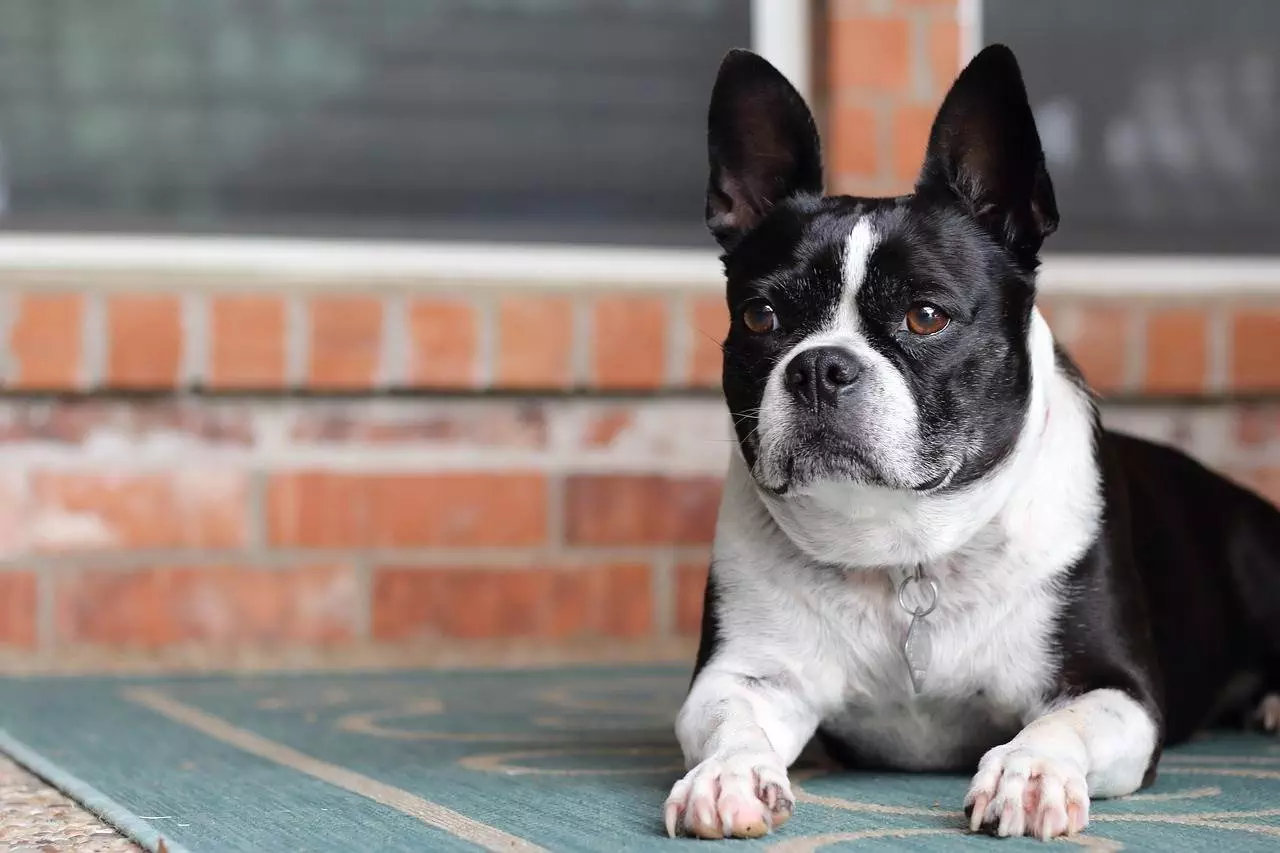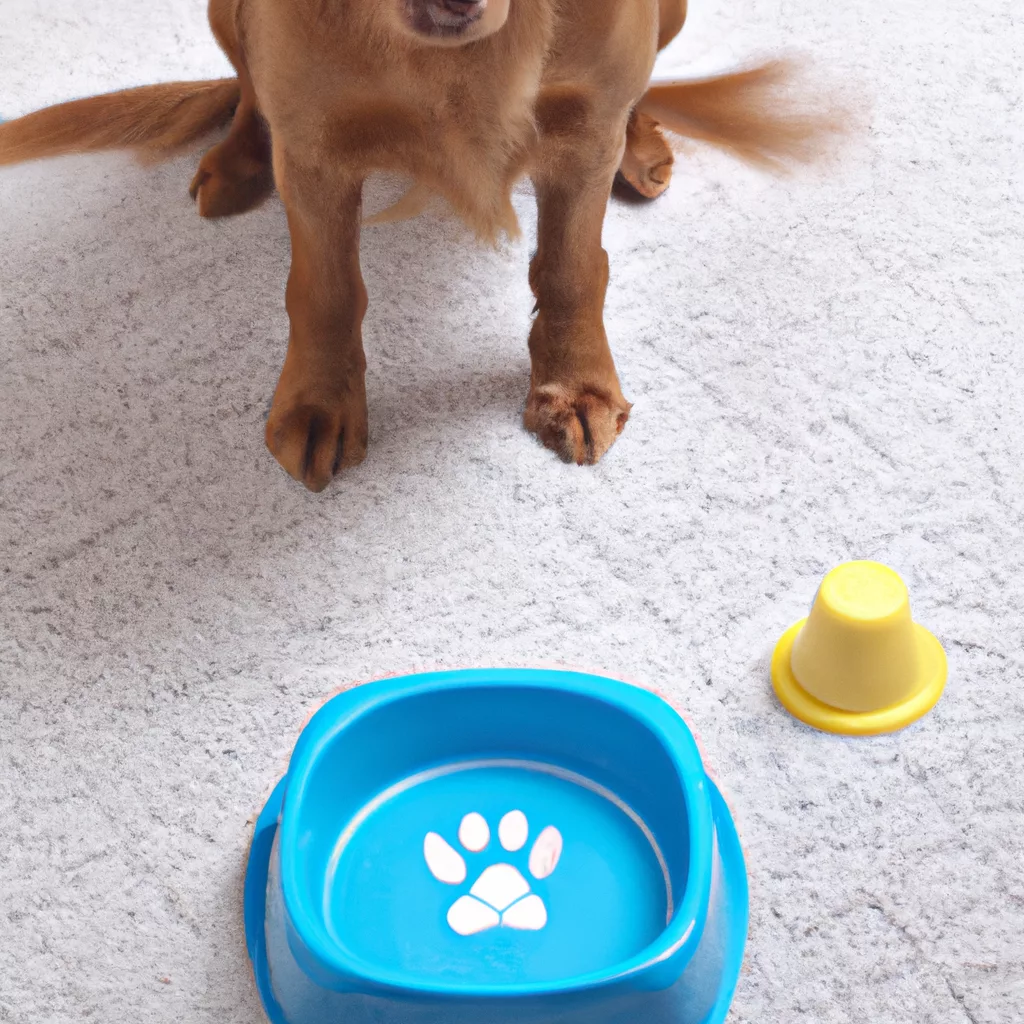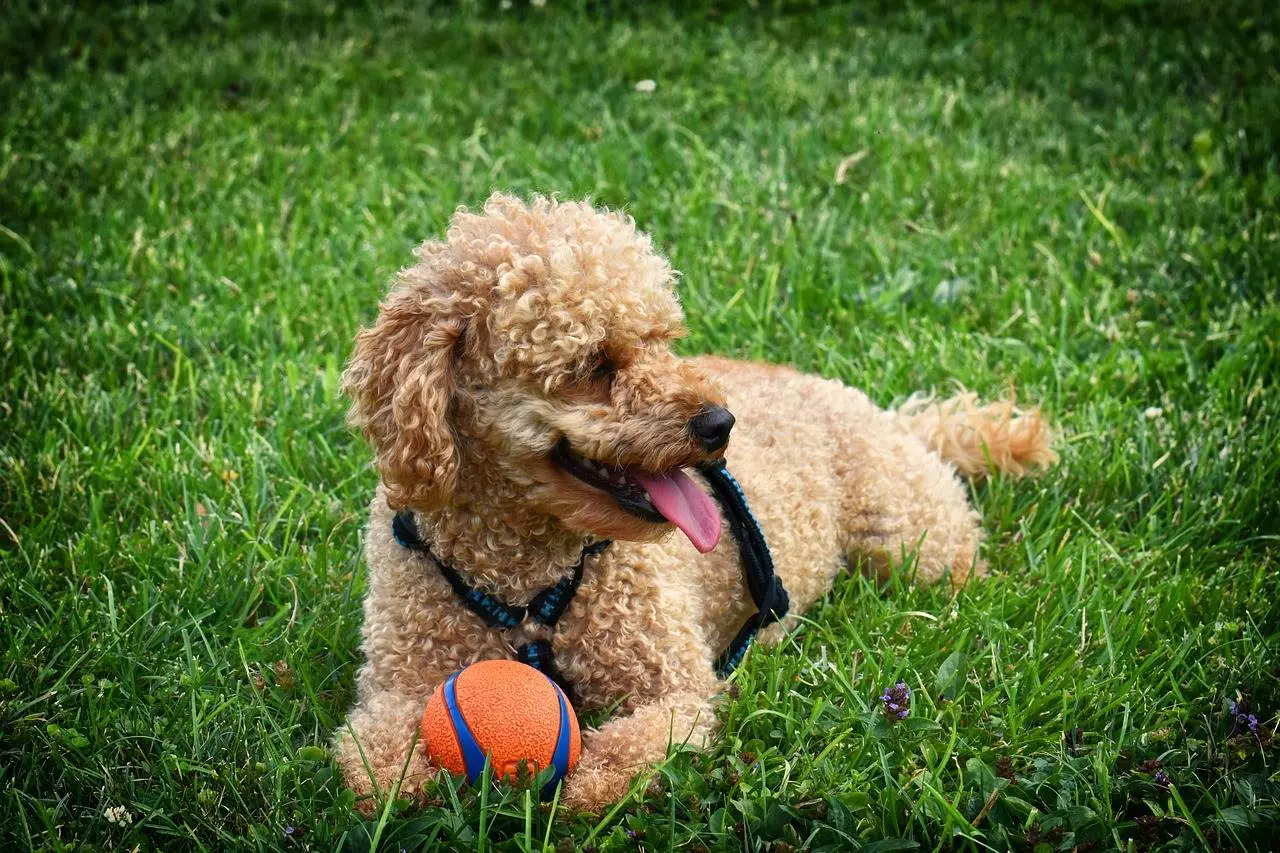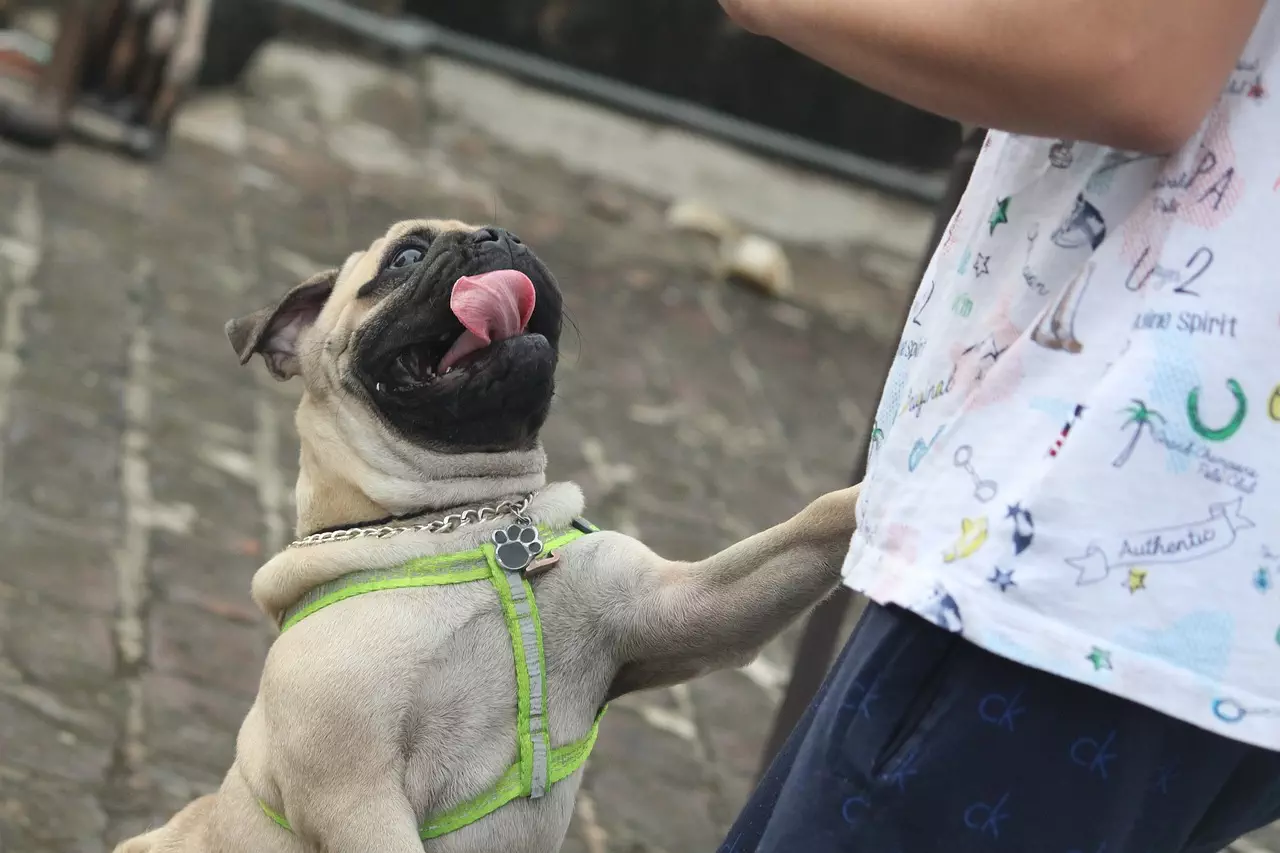Learn how to train your puppy to lay down in a friendly and positive manner. This article provides effective techniques and tips for obedience training.
So you’ve recently welcomed a new furry friend into your home and you’re eager to teach them some basic commands. One of the most important commands to start with is “lay down.” Training your puppy to lay down not only helps with their obedience, but also promotes good behavior and can prevent them from jumping or being too hyperactive. In this article, we will explore some effective techniques and tips on how to train your puppy to lay down in a friendly and positive manner.

Preparing for Training
Training a puppy requires careful preparation to create a positive and productive learning environment. Before you begin, it’s important to choose the right time and place for training sessions. Find a quiet and distraction-free area where you and your puppy can focus without interruptions. Additionally, consider the time of day when your puppy is most alert and receptive to learning. A tired or hungry puppy may not be as willing to engage in training.
Next, gather the essential supplies you will need for training. This includes treats, a clicker (if you choose to use one), a leash, and a comfortable training collar or harness. Make sure you have plenty of small, soft treats that your puppy loves as a reward for good behavior.

Teaching Basic Commands
Establishing a positive reinforcement system is crucial for successful training. Positive reinforcement involves rewarding your puppy for desired behaviors, encouraging them to repeat those behaviors in the future. It’s important to use rewards that your puppy finds highly motivating, such as tasty treats or praise.
To start training, teaching the “sit” command is a great foundation. This command helps your puppy learn impulse control and focus. Begin by holding a treat close to your puppy’s nose and slowly move it upwards while saying “sit”. As your puppy looks up and follows the treat with their head, their bottom will naturally lower into a sitting position. As soon as they sit, reward them with the treat and praise. Repeat this process several times until your puppy consistently sits when you give the command.
Building trust and bonding with your puppy is an important aspect of training. By spending quality time together, you establish a strong connection and create a positive learning environment. This can be done through gentle petting, playing, or going for walks. By nurturing this bond, your puppy will be more inclined to engage in training sessions and trust your guidance.

Introducing the ‘Down’ Command
Once your puppy has mastered the “sit” command, you can begin teaching them the “down” command. This command is useful for various situations, such as keeping your puppy calm in public places or preventing them from jumping on guests.
To introduce the “down” command, start by getting your puppy’s attention. Hold a treat close to their nose and slowly lower it towards the ground. As your puppy follows the treat downwards, their body will naturally follow, eventually resulting in a lying-down position. As soon as they achieve the desired position, reward them with the treat and offer praise.
It’s important to emphasize that patience is key during this process. Some puppies may require more time to understand and perform the “down” command than others. Stay positive, use encouraging tones, and reward any progress your puppy makes.

Reinforcing the ‘Down’ Command
Consistent practice and repetition are essential for reinforcing the “down” command. Regular training sessions will help your puppy understand and retain what they have learned. Incorporate short and focused training sessions into your daily routine, gradually increasing the duration as your puppy becomes more comfortable.
As your puppy becomes more proficient with the “down” command, you can begin phasing out the use of treats. While initially, treats were used as a lure to guide your puppy into the lying-down position, you can start using them less frequently. Instead, reward your puppy with praise, petting, or other forms of affection. This helps to reinforce the behavior without solely relying on treats.
Remember to always reward your puppy immediately after they successfully perform the “down” command. Consistency is key to ensure they understand and retain what they have learned.

Troubleshooting Challenges
During training, you may encounter various challenges, and it’s important to address them patiently and effectively. Distractions can be a common obstacle, especially in busy environments or when your puppy is easily excited. To deal with distractions, start training in a controlled and quiet area, gradually introducing more distractions as your puppy becomes more skilled. For instance, you can practice the “down” command in the presence of toys or other stimulating objects.
Some puppies may display resistance or stubbornness during training. If your puppy seems uninterested, take a step back and try to make the training sessions more enjoyable. Incorporate games or interactive toys to make learning fun for your puppy. Adjust the difficulty level of the commands gradually to ensure your puppy stays engaged and motivated.
If you find that you are struggling with training despite your best efforts, don’t hesitate to seek professional help. A professional dog trainer can provide expert guidance and valuable insights tailored specifically to your puppy’s needs. They can help troubleshoot any training challenges you may be facing and offer targeted strategies to overcome them.
Remember, training a puppy takes time, patience, and consistency. By choosing the right time and place, using positive reinforcement, and gradually teaching basic commands, you can help your puppy develop important skills and behaviors. With dedication and a friendly approach, you will create a lifelong bond while enjoying the journey of training your new furry companion.





